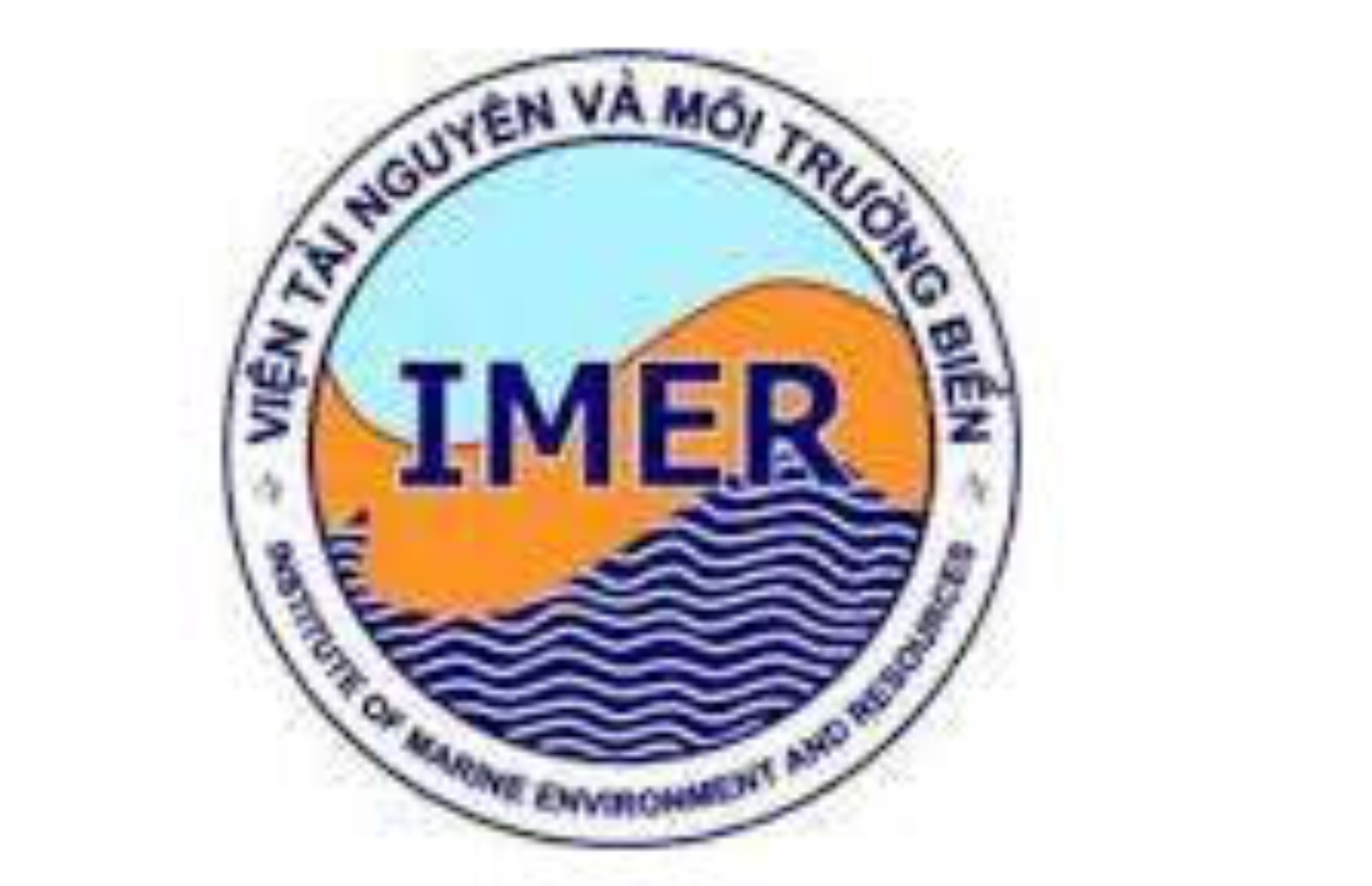ANTIMICROBIAL, CYTOTOXIC AND HEMOLYTIC ACTIVITIES OF MARINE ALGAE-ASSOCIATED FUNGAL ISOLATES IN VIETNAM
Author affiliations
DOI:
https://doi.org/10.15625/1859-3097/18/4/13660Keywords:
Microbial isolates, marine algae, antimicrobial activity, cytotoxicity, hemolytic activity.Abstract
In the context of sources for natural products discovery are going scarcer, exploiting biotechnologically potential compounds from marine microbial symbionts is considered a relatively new trend. In our study a total of fifteen fungal strains were isolated from marine algal samples belonging to species Kappaphycus cottonii, K. striatus, Gracilaria eucheumatoides and Betaphycus gelatinus collected in Nha Trang in 2017. The in vitro biological activities, including antimicrobial, cytotoxic and hemolytic activities of ethyl acetate extracts of the fungal strains were determined. From fifteen fungal extracts, six displayed antimicrobial activity against at least one test strain. At 20 μg.ml-1, four fungal extracts were found to express cytotoxic activity on two human cancer cell lines hepatocellular carcinoma (Hep-G2) and breast adenocarcinoma (MCF-7), with G. eucheumatoides being the source of the highest number of producer strains. Hemolytic activity was observed in rabbit erythrocytes under almost all fungal extracts’ effect. No apparent relationship was observed between the biological activities of fungal isolates. The biological assessments uncovered several fungal candidates, such as Bge-1.1, Kco-2.1 and Geu-1.1 with relatively potent antimicrobial and cytotoxic activities while expressing less hemolytic effect at concentrations from 20 μg.ml-1 to 200 μg.ml-1. The results evidenced the potential of exploiting natural products from associated marine microorganisms, especially those for the purpose of pharmaceutical applications.Downloads
Metrics
References
Montaser, R., and Luesch, H., 2011. Marine natural products: a new wave of drugs?. Future Medicinal Chemistry, 3(12), 1475–1489.
![]()
Kong, D. X., Jiang, Y. Y., and Zhang, H. Y., 2010. Marine natural products as sources of novel scaffolds: Achievement and concern. Drug Discovery Today, 21(15), 884–886.
![]()
Bugni, T. S., and Ireland, C. M., 2004. Marine-derived fungi: a chemically and biologically diverse group of microorganisms. Natural Product Reports, 21(1), 143–163.
![]()
König, G. M., Kehraus, S., Seibert, S. F., Abdel‐Lateff, A., and Müller, D., 2006. Natural products from marine organisms and their associated microbes. ChemBioChem, 7(2), 229–238.
![]()
Knutsen, S. H., Myslabodski, D. E., Larsen, B., and Usov, A. I., 1994. A modified system of nomenclature for red algal galactans. Botanica Marina, 37(2), 163–170.
![]()
Ponce, N. M., Pujol, C. A., Damonte, E. B., Flores, M. L., and Stortz, C. A., 2003. Fucoidans from the brown seaweed Adenocystis utricularis: Extraction methods, antiviral activity and structural studies. Carbohydrate Research, 338(2), 153–165.
![]()
Fleurence, J., 1999. Seaweed proteins: biochemical, nutritional aspects and potential uses. Trends in Food Science & Technology, 10(1), 25–28.
![]()
Dawczynski, C., Schubert, R., and Jahreis, G., 2007. Amino acids, fatty acids, and dietary fibre in edible seaweed products. Food Chemistry, 103(3), 891–899.
![]()
Le Hau, N., Ly, B. M., Van Huynh, T., and Trung, V. T., 2015. New records of marine algae in Vietnam. Ocean Science Journal, 50(2), 221–229.
![]()
Van Nguyen, T., Le, N. H., Lin, S. M., Steen, F., and De Clerck, O., 2013. Checklist of the marine macroalgae of Vietnam. Botanica Marina, 56(3), 207–227.
![]()
Zhang, Y., Mu, J., Feng, Y., Kang, Y., Zhang, J., Gu, P. J., Wang, Y., Ma, L. F., and Zhu, Y. H., 2009. Broad-spectrum antimicrobial epiphytic and endophytic fungi from marine organisms: isolation, bioassay and taxonomy. Marine Drugs, 7(2), 97–112.
![]()
Skehan, P., Storeng, R., Scudiero, D., Monks, A., McMahon, J., Vistica, D., Warren, J. T., Bokesch, H., Kenney, S., and Boyd, M. R., 1990. New colorimetric cytotoxicity assay for anticancer-drug screening. JNCI: Journal of the National Cancer Institute, 82(13), 1107–1112.
![]()
Romanenko, L. A., Uchino, M., Kalinovskaya, N. I., and Mikhailov, V. V., 2008. Isolation, phylogenetic analysis and screening of marine mollusc-associated bacteria for antimicrobial, hemolytic and surface activities. Microbiological research, 163(6), 633–644.
![]()









